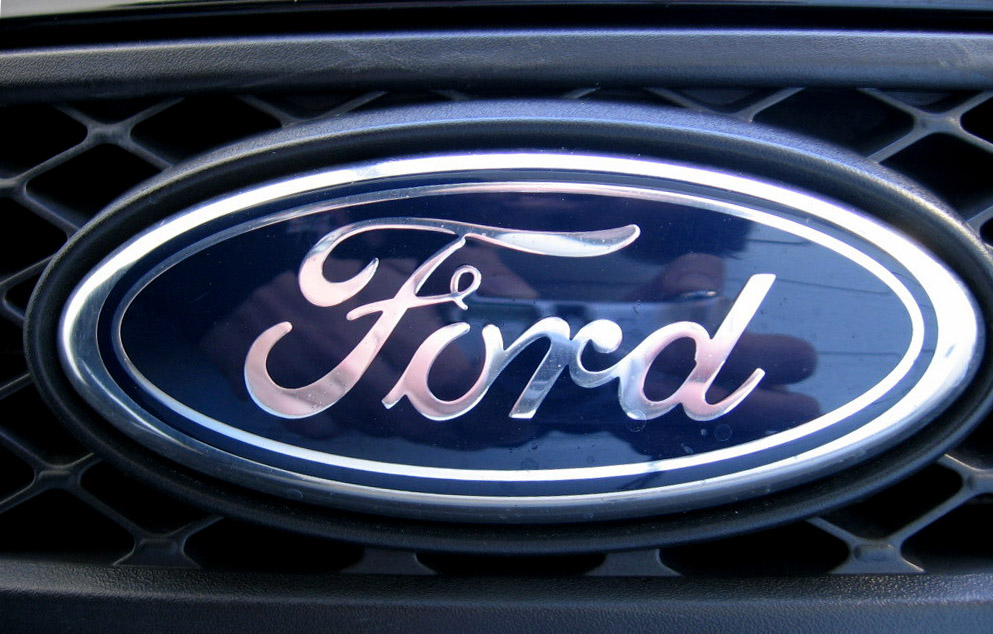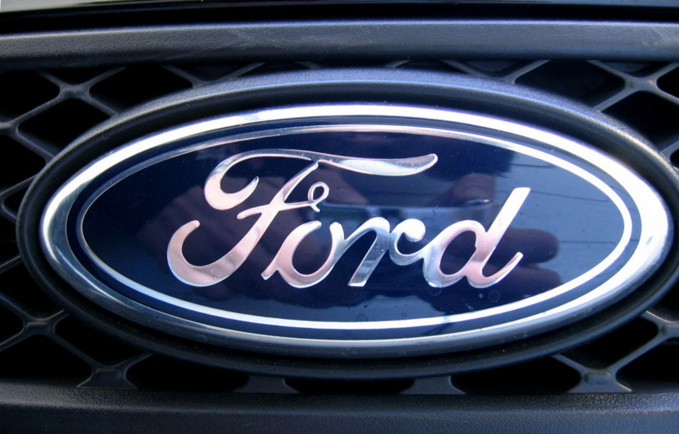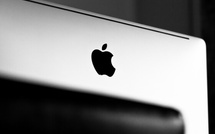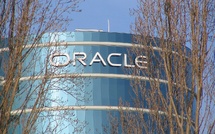On Friday, American automaker Ford is closing all of its plants in Australia. This was reported by ABC TV.
Last Ford Falcon rolled off the production line at a Broadmeadows plant (Victoria). The XR6 series car will not be sold, but instead put in the factory museum, as it was the last Ford produced in Australia.
The automaker’s management announced phase-out of production in the Green Continent (Broadmeadows and Geelong enterprises) three years ago.
Until now, there were three main automakers in Australia: Ford, Holden and Toyota. Now, they are stopping their production activities - Ford is doing it on Friday, and Toyota and Holden - in 2017. The main reasons for this are significant rise in the cost of production, fragmented market and increasing competition from foreign companies. The latter now are strengthening their positions as a result of implementation of existing and conclusion of new free trade agreements.
However, this does not mean that Ford, Toyota and Holden will no longer sell their cars on the continent. Until 2018, the official dealers will sell off stocks of cars assembled there, and will commence exports to Australia in 2018.
Ford launched first production line in Australia 57 years ago, in August 1959. During all this time, the automaker has made 4,356,628 cars, the latest of which was the Ford Falcon XR6.
Now the automaker is preparing for deterioration of financial performance in 2017. In early September, the company lowered its forecast of profit before tax in 2016 to $ 10.2 billion from previously expected $ 10.8 billion. The company explained it by expenses in the third quarter related to ongoing recall of vehicles.
Ford said it "plans to ensure that index of economic efficiency averaged $ 3 billion annually in the period from 2016 to 2018" and that it is "adding new processes, such as zero-base budget, to facilitate business transformation."
It will "make up bulk of costs that have been added to improve Ford’s business", but will be insufficient to compensate for rising regulatory costs and expenses for development of vehicles, in particular electric cars.
Ford expects that capital expenditures of its automotive division will amount to 5.6% of revenues in 2018 compared with 4.9% in 2016. After 2018, costs will decline, the company noted.
During the last decade, the Australian auto industry existed largely thanks to government support. Recently, however, the federal government decided to stop subsidizing the industry after 2017. Thus, starting from 2018, all vehicles sold in Australia will be of foreign manufacture.
Car sales of the continent feels confident enough. Last year, new car sales in Australia rose by 3.8 per cent to a record 1.16 million vehicles.
Last year, Toyota was the best-selling brand in Australia, with 17.8 percent market share. The second place was occupied by Mazda with 9.9 percent, followed by Australian Holden with 8.9 percent. Hyundai and Mitsubishi took 8.8 and 6.2 percent, respectively.
The most selling car in Australia in 2015 was Corolla Toyota with sales of 42.073 vehicles, according to FCAI’s statement.
source: reuters.com, bloomberg.com
Last Ford Falcon rolled off the production line at a Broadmeadows plant (Victoria). The XR6 series car will not be sold, but instead put in the factory museum, as it was the last Ford produced in Australia.
The automaker’s management announced phase-out of production in the Green Continent (Broadmeadows and Geelong enterprises) three years ago.
Until now, there were three main automakers in Australia: Ford, Holden and Toyota. Now, they are stopping their production activities - Ford is doing it on Friday, and Toyota and Holden - in 2017. The main reasons for this are significant rise in the cost of production, fragmented market and increasing competition from foreign companies. The latter now are strengthening their positions as a result of implementation of existing and conclusion of new free trade agreements.
However, this does not mean that Ford, Toyota and Holden will no longer sell their cars on the continent. Until 2018, the official dealers will sell off stocks of cars assembled there, and will commence exports to Australia in 2018.
Ford launched first production line in Australia 57 years ago, in August 1959. During all this time, the automaker has made 4,356,628 cars, the latest of which was the Ford Falcon XR6.
Now the automaker is preparing for deterioration of financial performance in 2017. In early September, the company lowered its forecast of profit before tax in 2016 to $ 10.2 billion from previously expected $ 10.8 billion. The company explained it by expenses in the third quarter related to ongoing recall of vehicles.
Ford said it "plans to ensure that index of economic efficiency averaged $ 3 billion annually in the period from 2016 to 2018" and that it is "adding new processes, such as zero-base budget, to facilitate business transformation."
It will "make up bulk of costs that have been added to improve Ford’s business", but will be insufficient to compensate for rising regulatory costs and expenses for development of vehicles, in particular electric cars.
Ford expects that capital expenditures of its automotive division will amount to 5.6% of revenues in 2018 compared with 4.9% in 2016. After 2018, costs will decline, the company noted.
During the last decade, the Australian auto industry existed largely thanks to government support. Recently, however, the federal government decided to stop subsidizing the industry after 2017. Thus, starting from 2018, all vehicles sold in Australia will be of foreign manufacture.
Car sales of the continent feels confident enough. Last year, new car sales in Australia rose by 3.8 per cent to a record 1.16 million vehicles.
Last year, Toyota was the best-selling brand in Australia, with 17.8 percent market share. The second place was occupied by Mazda with 9.9 percent, followed by Australian Holden with 8.9 percent. Hyundai and Mitsubishi took 8.8 and 6.2 percent, respectively.
The most selling car in Australia in 2015 was Corolla Toyota with sales of 42.073 vehicles, according to FCAI’s statement.
source: reuters.com, bloomberg.com



















